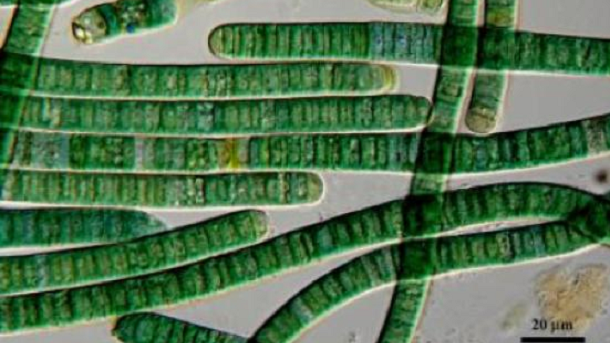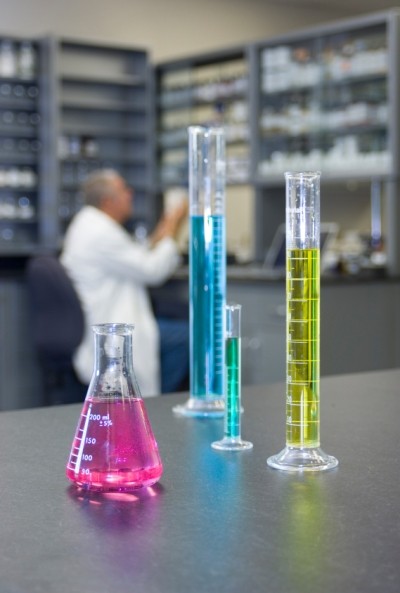Tricking biological clock could boost microalgae production

Algae is increasingly popular in cosmetics for a wide variety of applications, from hair care to skin care and in most sub categories. Algae-based ingredients are processed into forms such as algal flakes, oils, powders and flours.
This new study, published in the journal Current Biology, found that when the biological clocks of cyanobacteria (blue-green algae) were stopped in their daylight setting, the amount of several biomolecules that they were genetically altered to produce increased by as much as 700% when grown in constant light.
Clocks
"We have shown that manipulating cyanobacteria's clock genes can increase its production of commercially valuable biomolecules," said Carl Johnson, Stevenson Professor of Biological Sciences at Vanderbilt University.
"In the last 10 years, we have figured out how to stop the circadian clocks in most species of algae and in many higher plants as well, so the technique should have widespread applicability," adds the researcher, who performed the study with collaborators at the J. Craig Venter Institute in Rockville, MD and Waseda University in Tokyo.
If it lives up to its promise, bioclock stopping could have significant economic benefits, due to microalgae use in a variety of applications, and with biotech companies currently rushing to set up "biofactories" that use microorganisms to create a wide variety of substances that are too difficult or expensive to synthesize using conventional chemical methods.
Science
In the research, the scientists discovered that two components of the clock, proteins KaiA and KaiC, act as switches that turn the cell's daytime and night-time genes on and off.
Johnson’s team found that when KaiA is produced in larger amounts and KaiC is produced in smaller amounts then the 95% of cell's genes that are active during daylight are turned on, and the 5% of the cell's genes that operate during the night are turned off.
However, when the opposite effect occurs on the proteins: then the day genes are turned off and the night genes are turned on.
"As a result, all we have to do to lock the biological clock into its daylight configuration is to genetically upregulate the expression of KaiA, which is a simple manipulation in the genetically malleable cyanobacteria," Johnson explains.
Capability
To see what effects this capability has on the bacteria's ability to produce commercially important compounds, the researchers inserted a gene for human insulin in some of the cyanobacteria cells, a gene for a fluorescent protein (luciferase) in other cells and a gene for hydrogenase, an enzyme that produces hydrogen gas, in yet others.
They found that the cells with the locked clocks produced 200% more hydrogenase, 500% more insulin and 700% more luciferase when grown in constant light than they did when the genes were inserted in cells with normally functioning clocks.
















